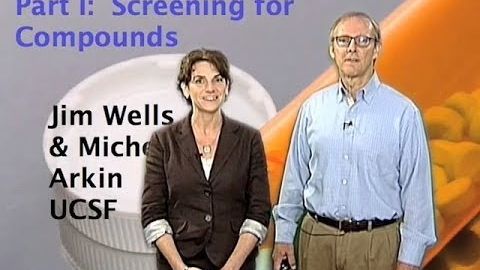Jim Wells和Michelle Arkin(加州大學舊金山分校)第一部分:藥物發現簡介 (Jim Wells and Michelle Arkin(UCSF) Part 1: Introduction to Drug Discovery)
Scott 發佈於 2021 年 01 月 14 日  沒有此條件下的單字
沒有此條件下的單字US /ˈprɑsˌɛs, ˈproˌsɛs/
・
UK /prə'ses/
- v.t.用電腦處理(資料);(依照規定程序)處理;處理;流程;加工;理解
- n. (c./u.)(規定的)程序;過程;進程;方法;法律程序;進程
- n. (c./u.)疾病;植物病害;弊病
- v.t.使…患病;使…腐化
US /kɑmˈpaUnd/
・
UK /'kɒmpaʊnd/
- n. (c./u.)複合;化合物;柵欄包圍區;混和物;複合字
- v.t.以複利計算;混合;加重;使惡化;混合;和解
- adj.複合的
US /ˈprəʊˌtiːn/
・
UK /ˈprəʊti:n/

